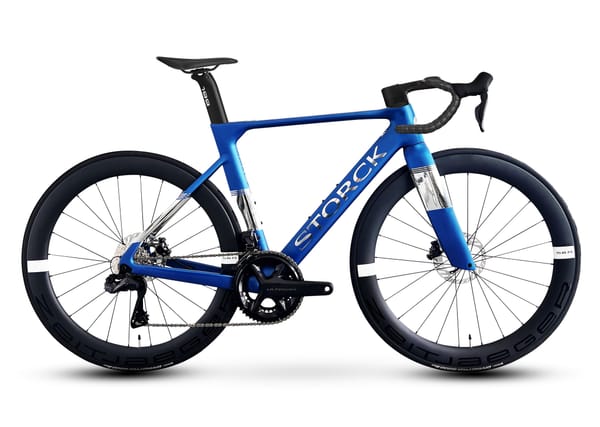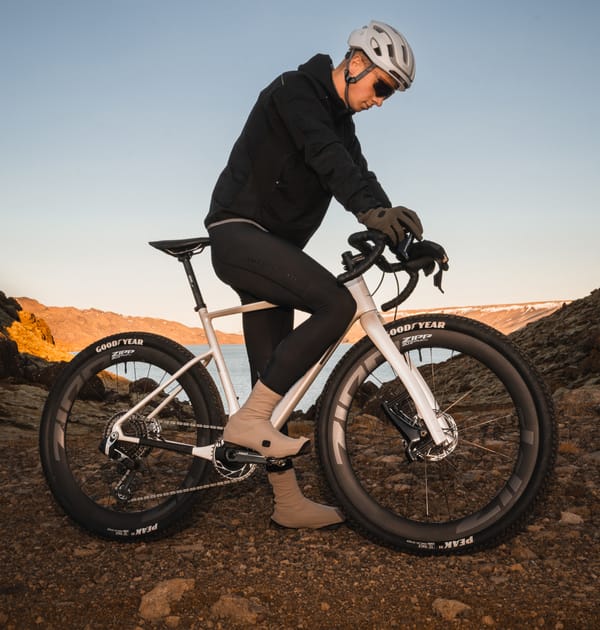Cannondale's Carbon Commuter and the Case for Less
A deep dive into the new Cannondale FlyingV. It’s a full-carbon, lightweight e-bike with a belt drive and auto-shifting. Is this the new standard for urban cycling?
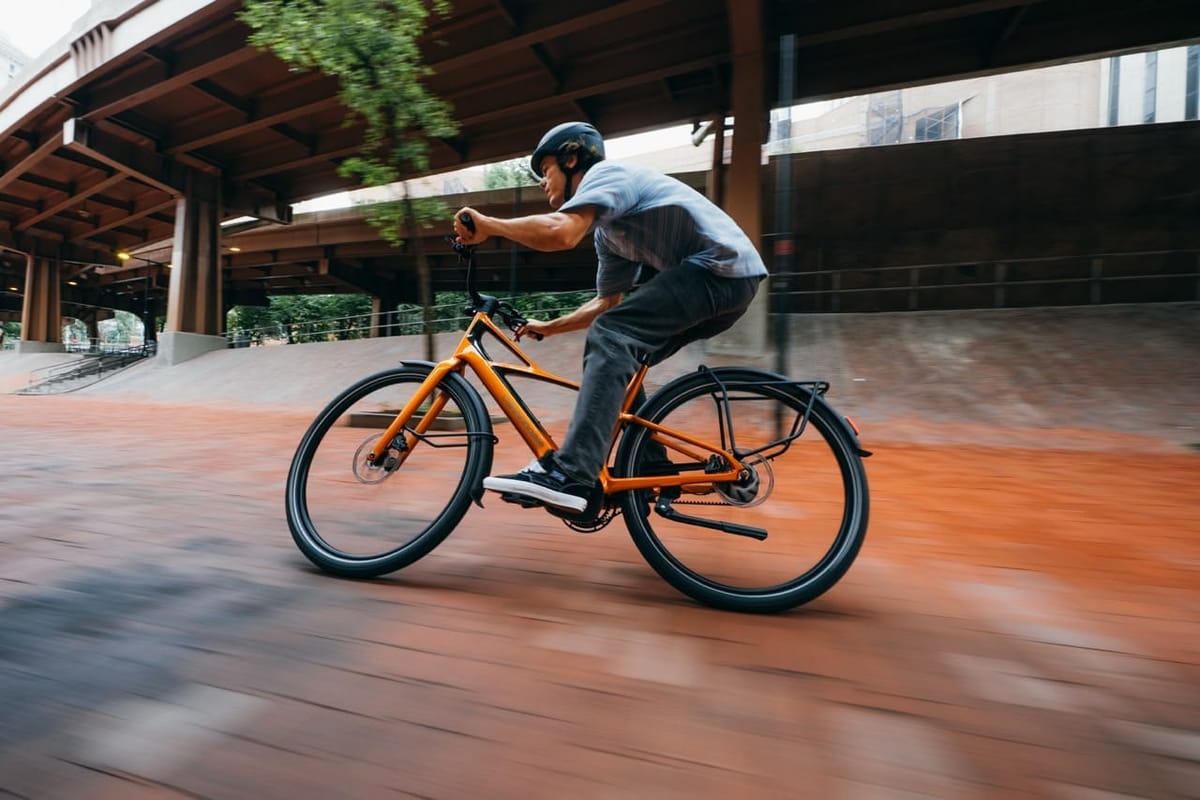
I have a complicated relationship with e-bikes. I see them everywhere, and I completely get the appeal. They flatten hills, shrink commutes, and get people out of their cars. But I’ve also watched them get progressively heavier, morphing into 80-pound, fat-tired machines that feel more like lightweight motorcycles than bicycles. They're practical, they're accessible, they create more cycling advocates, they also add a lot of safety concerns.
So, when I see a company like Cannondale release something like the new FlyingV, I pay attention. This isn't another attempt to cram the biggest possible motor and battery into a frame. Instead, Cannondale says this is its effort to prove that urban e-bikes "don’t need to become motorcycle-heavy to be effective."
And they're making that statement in carbon fiber.

The entire frame is full-carbon, which is rare enough for an urban bike. But they didn't stop there. The FlyingV also has integrated full-carbon fenders—apparently a first. This isn't just for weight savings, though I'm sure it helps. This is a design-first, holistic approach. It’s a signal that this bike is meant to be a single, cohesive unit, not a frame with a bunch of parts bolted onto it. The classic V-shape is a nice nod to their '90s "DeltaV" racing heritage, but it's been reimagined with a dropped top tube. This is pure practicality: it's easier to mount and, crucially, easier to carry up a flight of stairs.
But the frame is only half the story. The "e" part of the bike is where the philosophy really becomes clear.
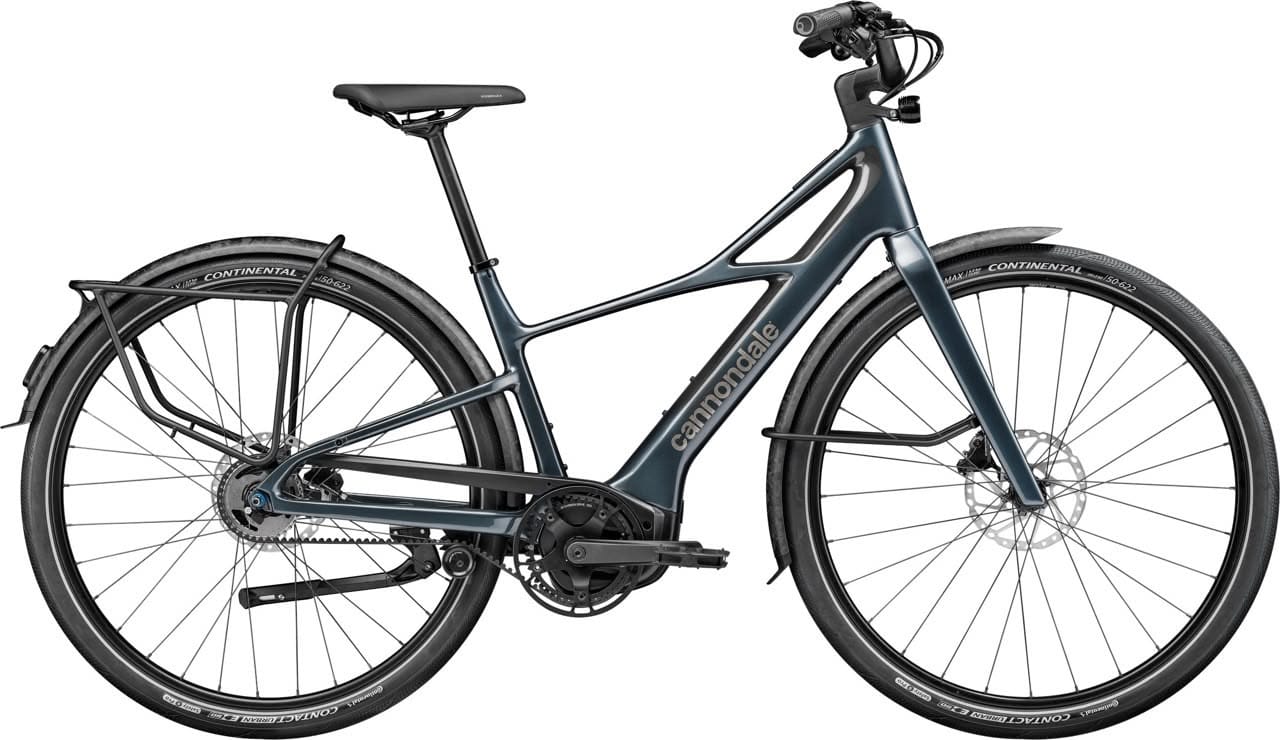

Cannondale chose the Bosch Performance Line SX motor. This is a deliberate and telling choice. It's not the high-torque CX motor designed to haul a heavy cargo bike up a 25% grade. The SX is a lighter, more compact motor known for providing a natural, responsive feel. With 600W of peak power and 60Nm of torque, it’s more than enough to make you feel superhuman on a climb, but it’s designed to reward your effort, not just replace it.
The source material mentions that the assistance cuts out at 25 km/h and transitions to "frictionless natural pedaling." This is the holy grail for a cyclist's e-bike. There’s nothing worse than hitting the legal speed limit and feeling like you're suddenly pedaling through wet cement. The 400Wh battery is tucked discreetly into the frame, aiming for a balance of decent range (a claimed 115km, which we all know is... optimistic, but still) and keeping the bike's weight and clean lines intact.
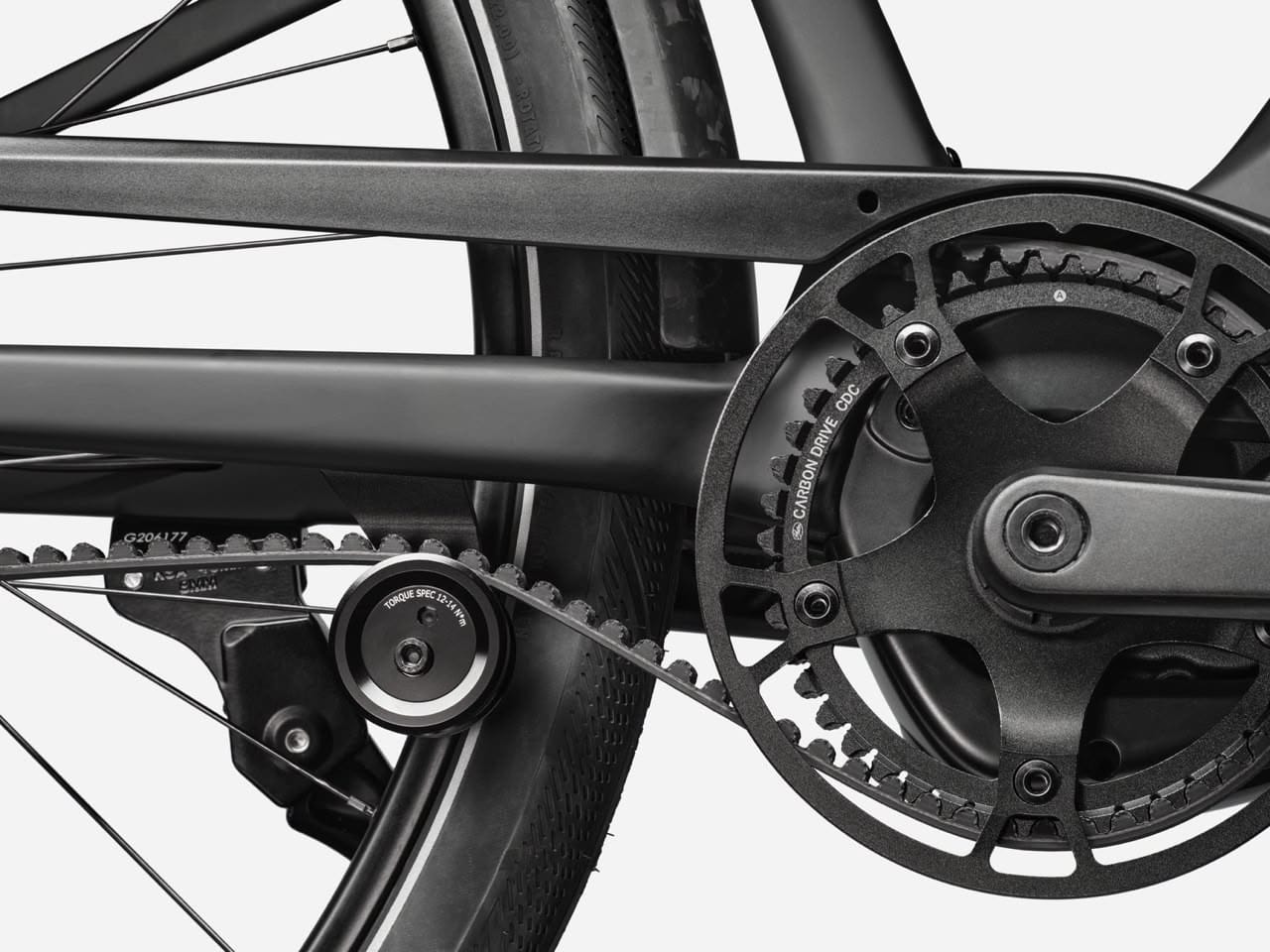



Then we get to the drivetrain. This is where my inner bike nerd really gets interested. Both models of the FlyingV use a Gates belt drive paired with an internal gear hub. This is, in my opinion, the ultimate urban setup. It’s silent. It’s clean—no chain grease on your right pant leg. And it's as close to zero-maintenance as you can get. No more rust, no more constant lube, no more finicky derailleur adjustments after it gets bumped at the bike rack.
The two models are distinguished by how you shift. The FlyingV 2 has a conventional, mechanical Shimano Nexus hub. Simple, proven, and reliable.
But the premium FlyingV 1... that one has Shimano’s top-tier internal hub with Di2 electronic shifting. And here’s the kicker: it can operate fully automatically.
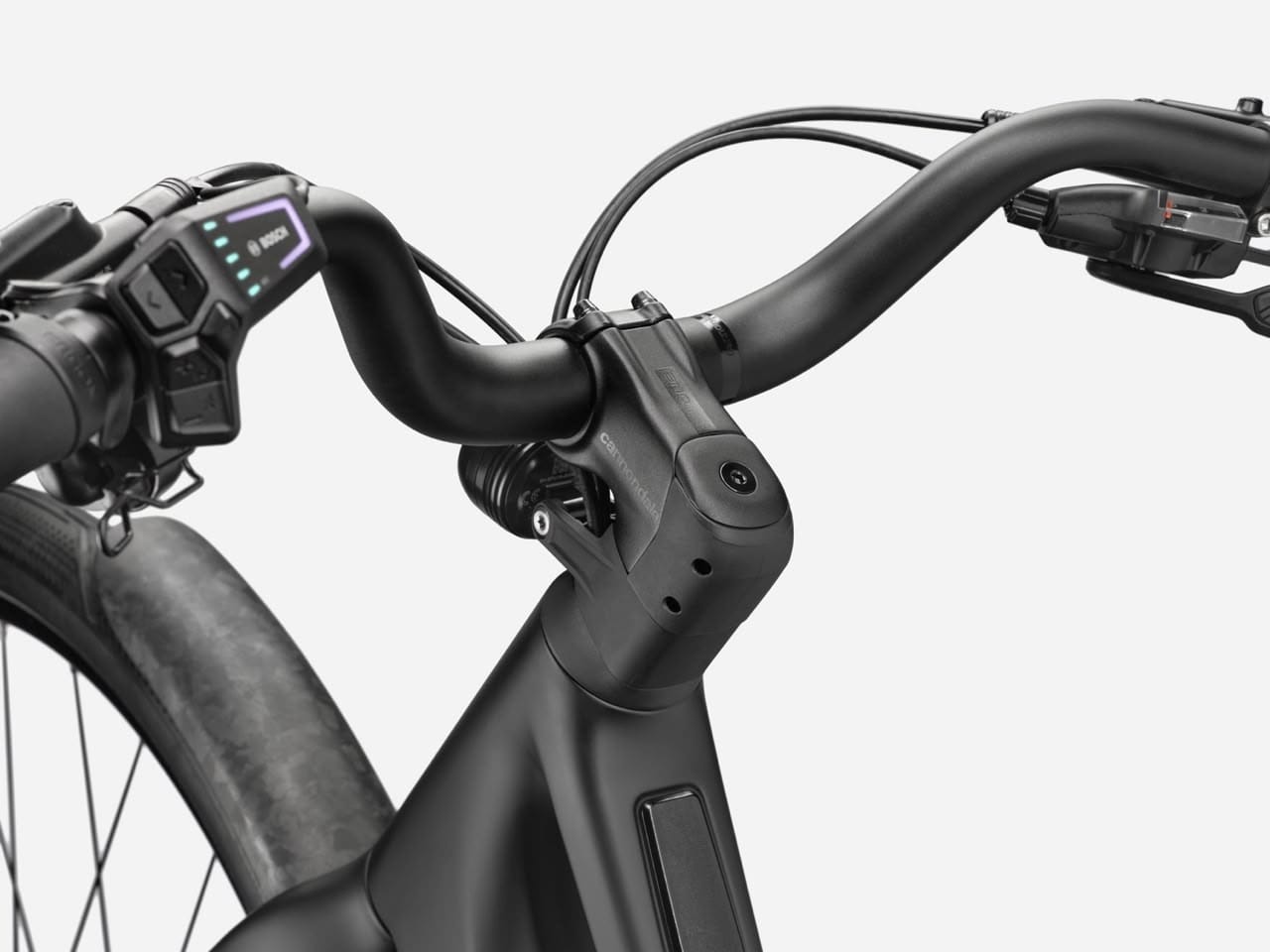
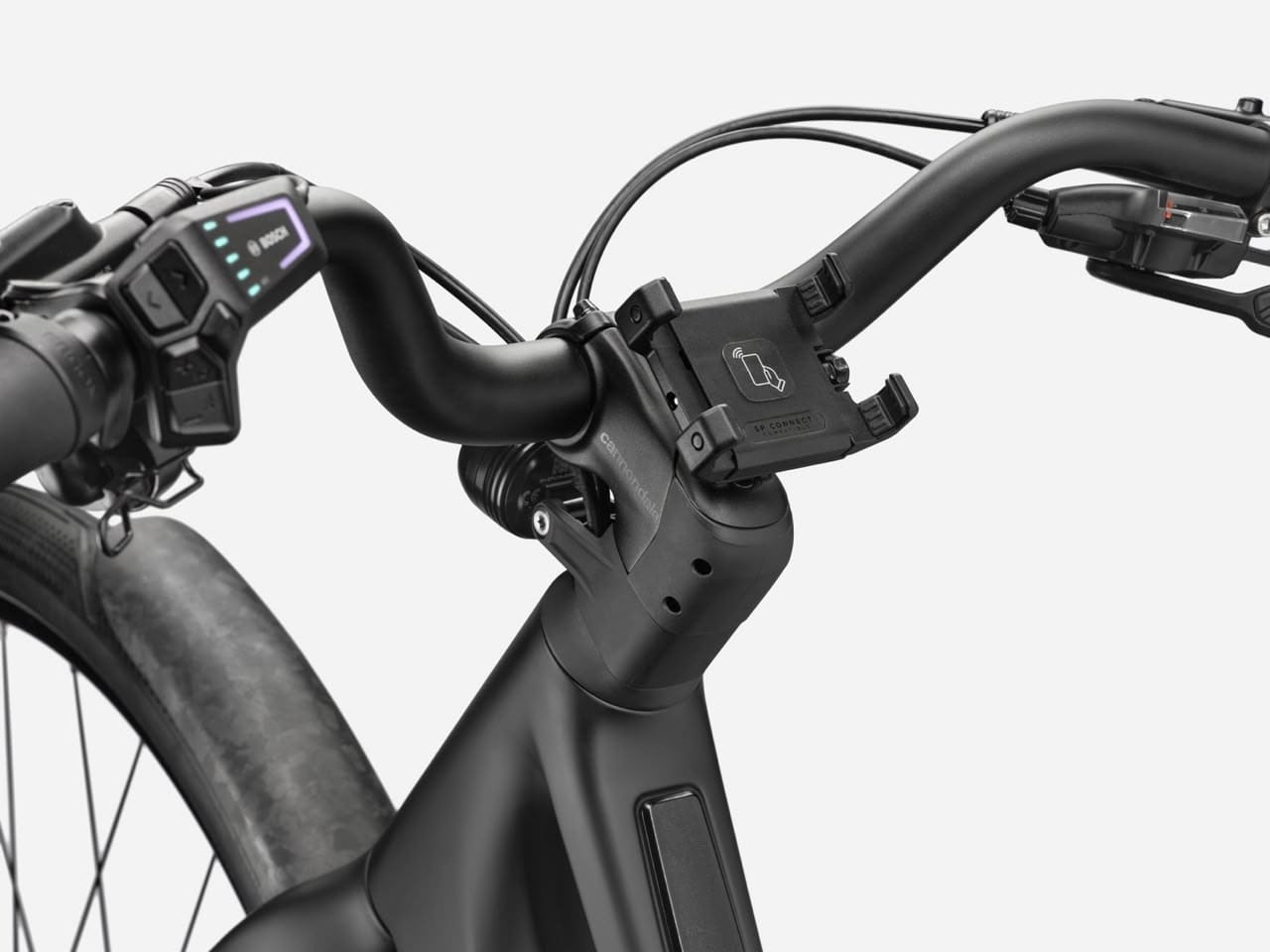
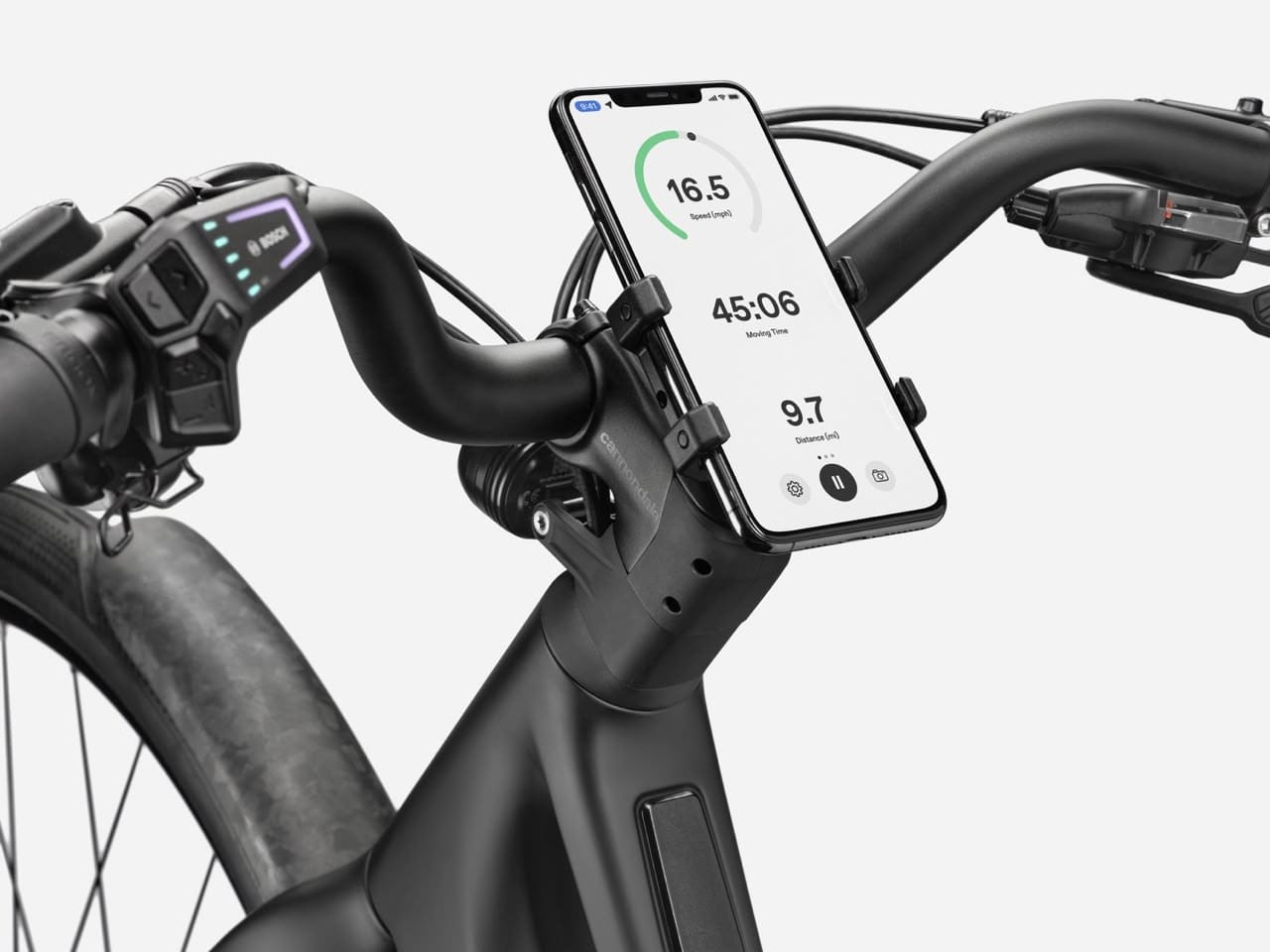
I had to read that twice. The bike just... shifts for you. It monitors your speed and cadence and keeps you in the perfect gear. Part of me, the purist who likes to feel the click of a shifter, is skeptical. But the pragmatic, everyday-commuter part of me is deeply intrigued. Imagine riding through stop-and-go city traffic, never once having to think about what gear you're in. You just stop, and the bike is automatically in the right gear to start again. You just pedal, and the bike manages your cadence. This isn't just an assist; it's a co-pilot.
The rest of the bike is filled with the kind of thoughtful touches that show it was designed by people who actually ride in a city. The integrated rear rack is rated for a very useful 18kg (about 40 lbs) and is positioned to avoid your heel striking your pannier bags—a tiny detail that solves one of the biggest annoyances of loaded-down commuting. The 700x50c tires are the perfect sweet spot: wide enough to soak up potholes and broken pavement but still fast-rolling.
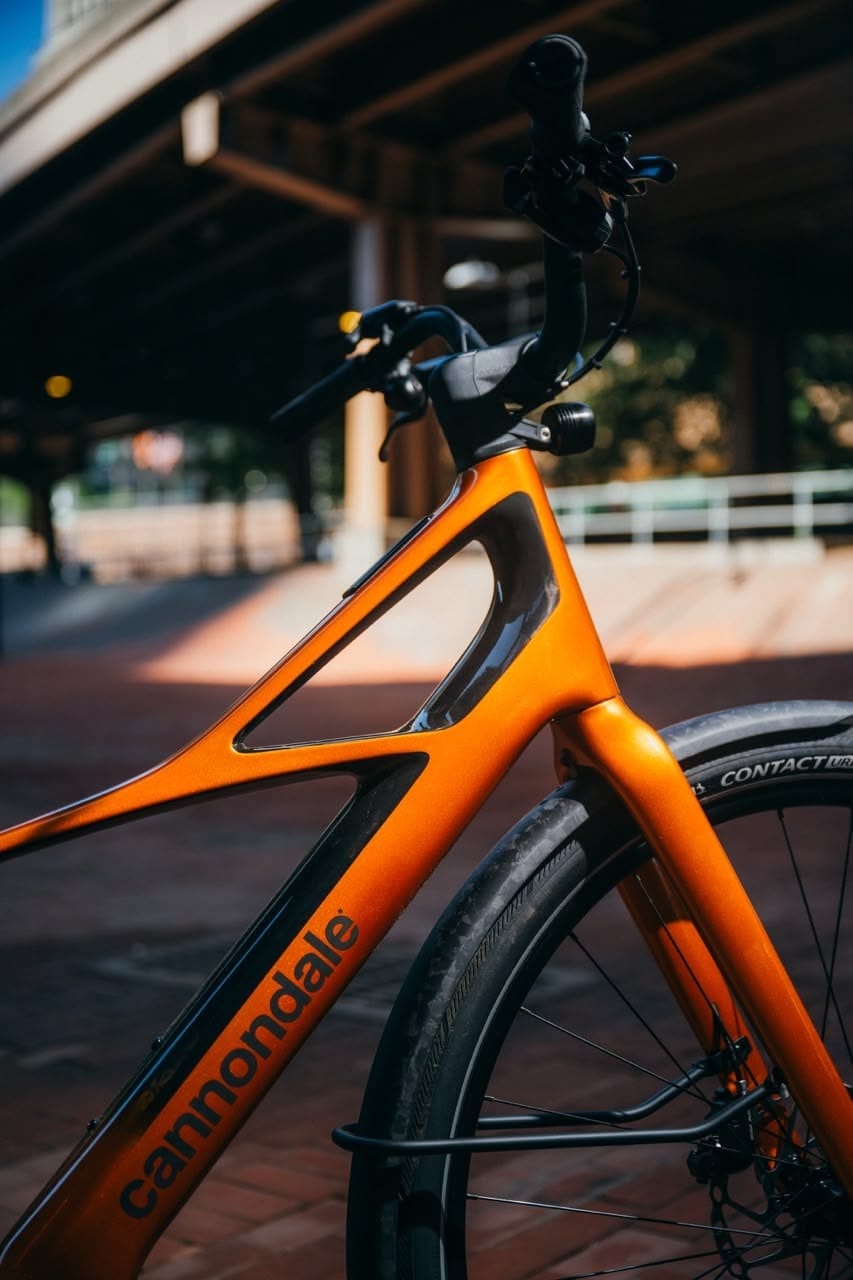

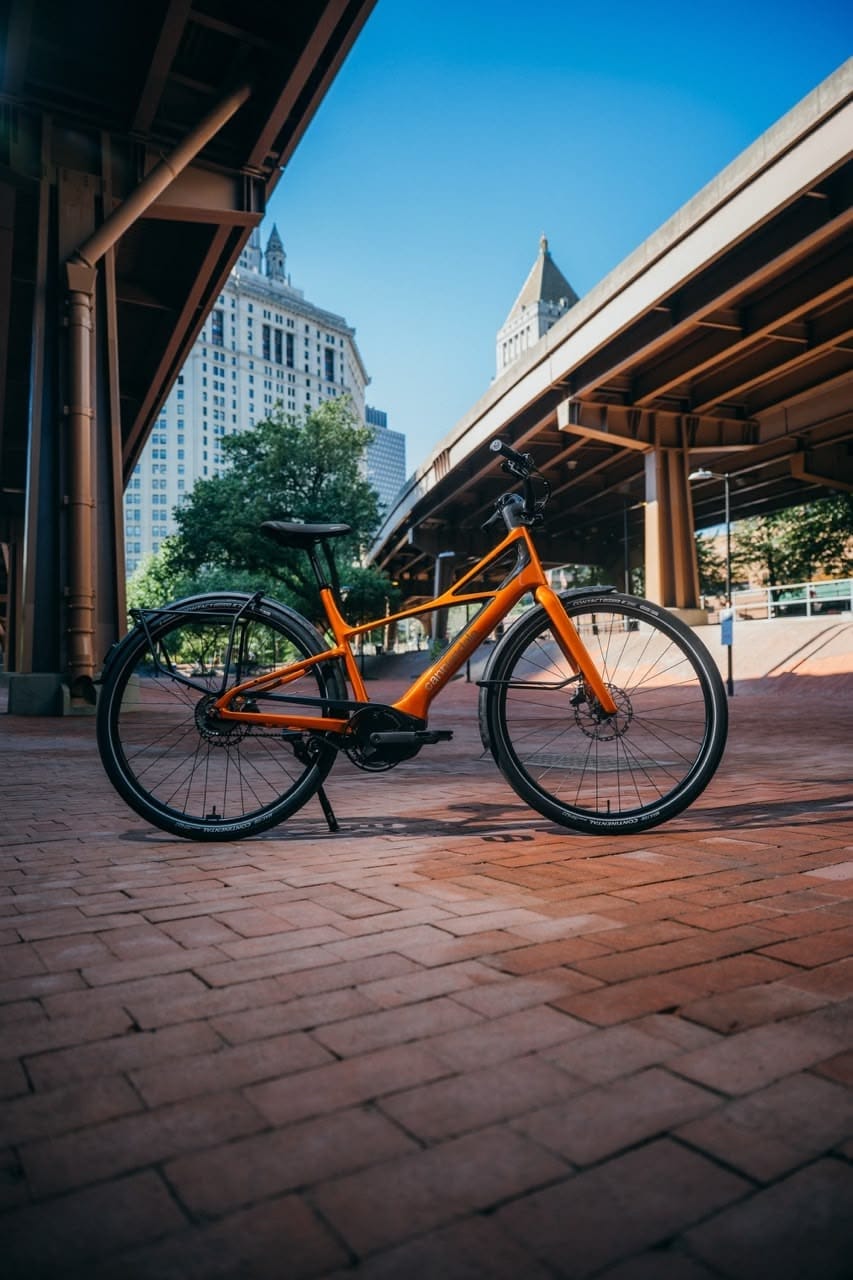
Of course, all this carbon fiber, integration, and high-end componentry comes at a price. At $6,749, this is a serious investment. This is not the bike for everyone. This is a premium, "Tesla of e-bikes" statement piece.
But I find myself rooting for it. It represents a different direction. It’s a bet that there are people out there who want an e-bike that focuses on low weight, high design, and a clean, silent, almost-automatic riding experience. It’s a move away from brute force and a step back toward elegance. And in a world of increasingly heavy e-bikes, a little elegance is exactly what I've been waiting to see.




